pre·ven·tion – prəˈven(t)SH(ə)n/ noun – the action of stopping something from happening or arising.
A study in Minnesota shows a benefit cost analysis for providing preventative and early intervention methods quantified at $34 to $1. For every $1 we spend on preventative measures for young adolescent females at risk for sexual abuse/trafficking, we will save taxpayers $34 (due to increase costs for legal, social health, medical cost, etc.).1 This study is a perfect example of the benefits in analyzing prevention efforts.
Allow me to introduce you to a child we will call Joe. He showed up at school on Tuesday morning believing that it would be a normal day as a seventh grader. As the students filed into their health class, it was unlikely Joe knew that it would be far from normal. As the guest presenter began to share about Human Trafficking and the warning signs, the effects and local realities, the mood started to change. A fellow classmate raised their hand to seek clarity on a specific matter. She asked the facilitator “What does loss of bowel control mean”? The guest facilitator searched the health teacher’s face for the go ahead to answer. Getting the green light, the facilitator explained in an age appropriate manner what sodomization was. Joe subconsciously responded, unable to control his response that was triggered by the discussion. He began to rock with his head between his hands; unnoticed by classmates and even the teacher. Joe, like so many other students, was just given vocabulary to identify abuse that he more than likely believed was normal, or even his fault. The facilitator guided the health teacher to appropriate follow up and ensured that Joe was given a support system. This is just one example as to why prevention matters.2
Prevention is vital when it comes to eliminating any problem. When we look at the issue of human trafficking, prevention must become an essential part of our strategy. We will never have enough resources, time or people to respond to the increasing issue of modern-day slavery. We must find a way to swim upstream and put appropriate measures in place to prevent future victimization. Prevention is not only critical in the fight against human trafficking, but it is indispensable for eliminating the effects of trauma. We know that 70-90% of exploited children have a history of sexual abuse.3 Many states are passing laws (North Carolina, Virginia, and others) that require students in public schools be taught about Human Trafficking through their health classes. This is creating a demand for evidence-informed curriculum and systematic protocols that ensure at-risk children do not slip through the cracks. Our schools, communities, clubs, places of faith, and businesses are filled with students presenting risk-factors. The question I would pose to you: Do we know who they are? If and when we become a community that knows how to identify at-risk students, before further victimization occurs, then we will begin to change the culture. Prevention: it matters!
1: (Early Intervention to Avoid Sex Trading and Trafficking of Minnesota’s Female Youth: A Benefit-Cost Analysis, Minnesota Indian Women’s Resource Center, 2012).
2: The story of Joe is true. His name has been changed to protect his identity.
3: 1. Bagley, C. & Young, L. (1987). Juvenile Prostitution and Child Sexual Abuse: A Controlled Study. Canadian Journal of Community Mental Health.;. Annual Report. (1991). Council for Prostitution Alternatives. Portland, Oregon.; Murphy, Patricia. (1993). Making Connections: Women, Work, and Abuse. Paul M. Deutsch Press, Florida.
About the author: Hannah oversees the development and implementation of sustainable programs for females ages 12-18, focusing on awareness, prevention and direct services to victims of exploitation and trafficking. She blends her experience from the corporate and non-profit worlds into a unique balance of purpose and passion.
This blog post was originally part of our 2016 JuST Conference Speaker Blog Series.







June Wallace says
Is there a simple prevention presentation that can be given to middle school students and a simple prevention presentation that can be given to high school students that can be given by retired school teachers? We live in Sun City Center, FL and have a Campaign against Human Trafficking membership of 100+, many of which are retired high school teachers.
Susanna Bean says
Hello June, we would recommend our Chosen video and curriculum. You can find more information here: https://sharedhope.org/chosen/